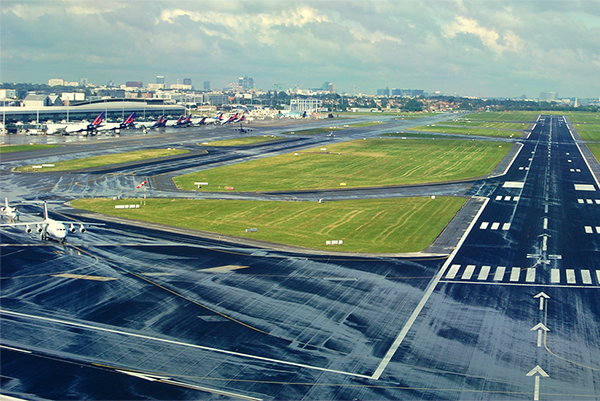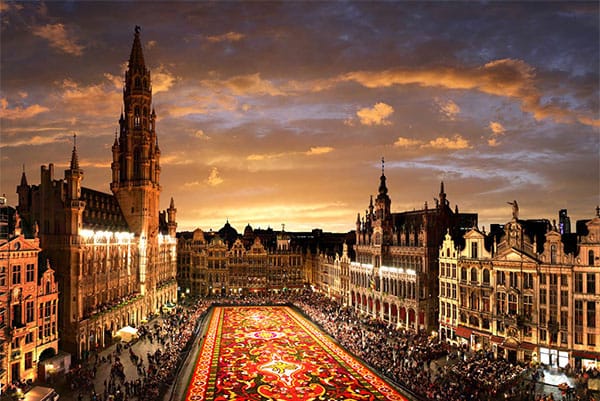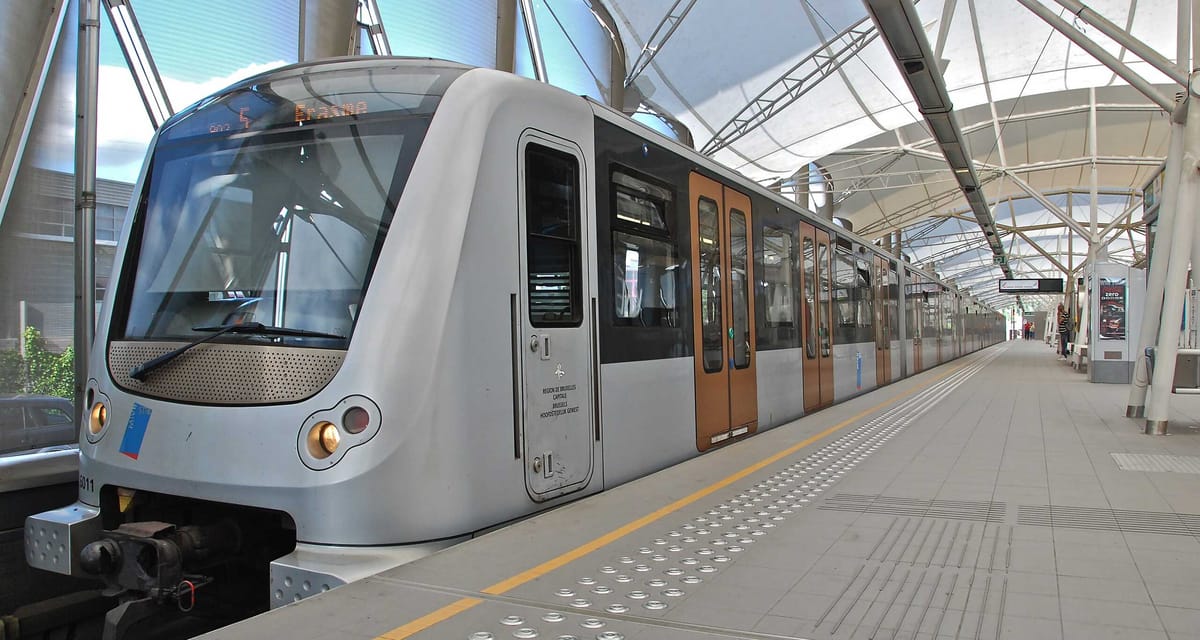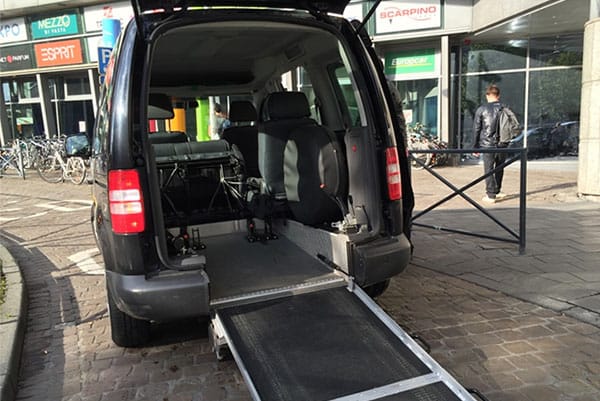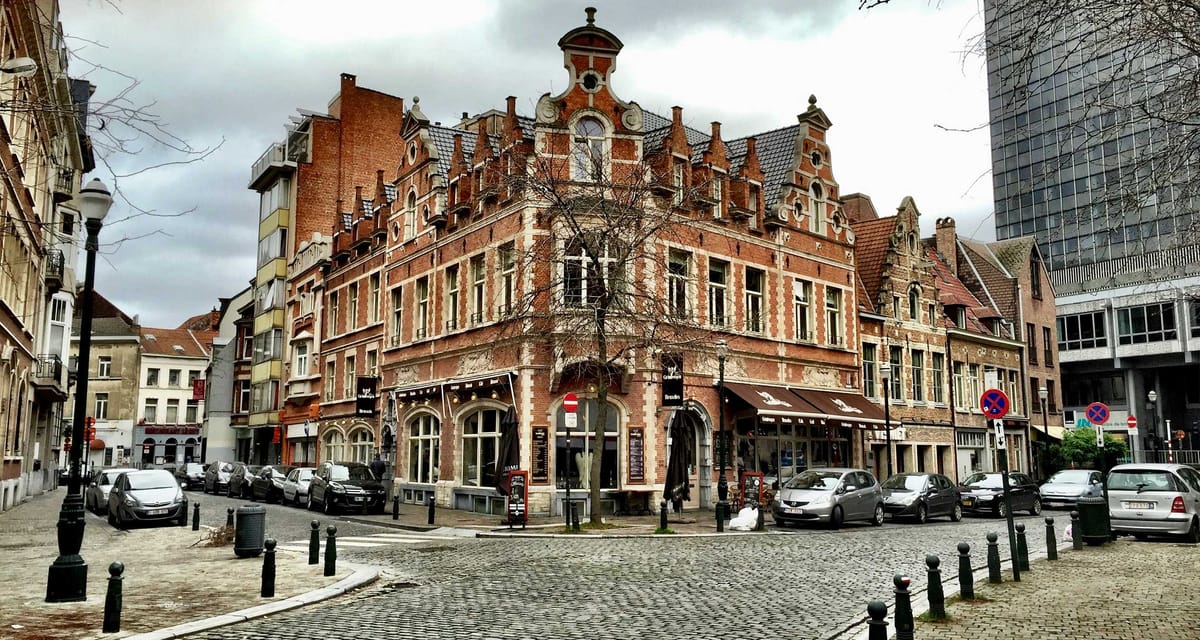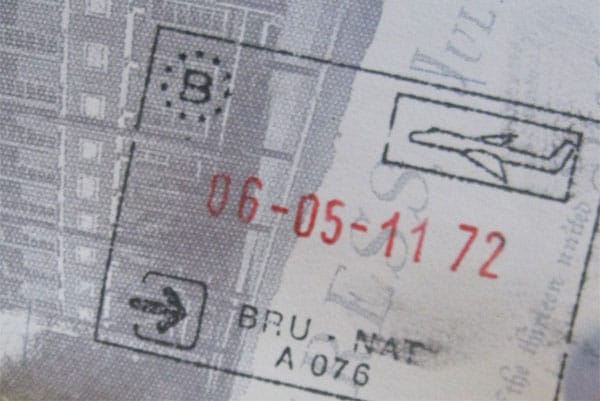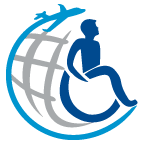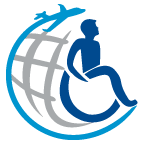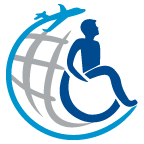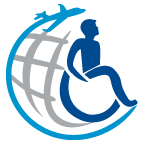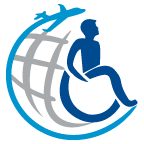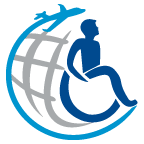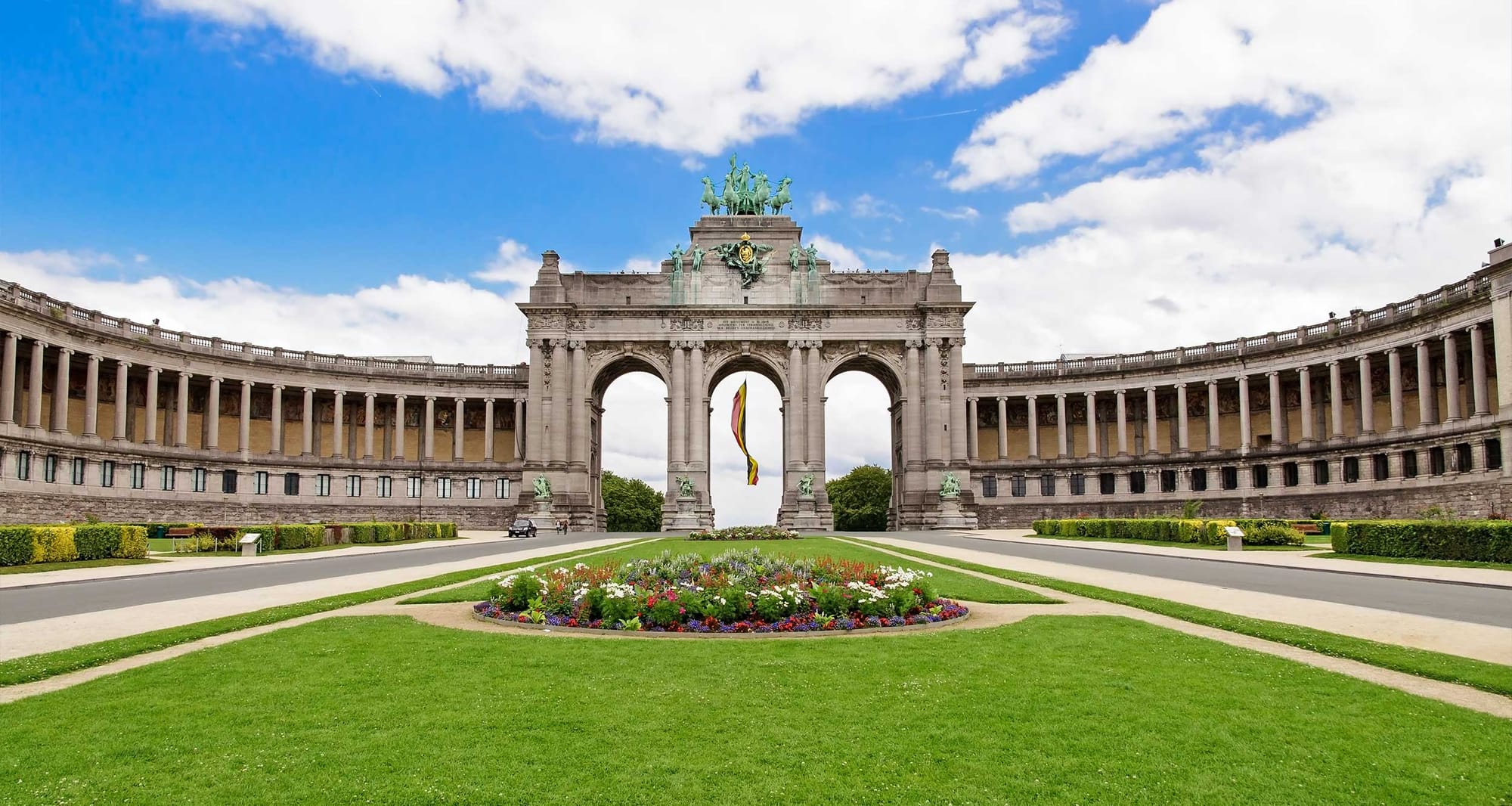
Brussels was founded as a fortress city in the 10th century, but has since grown into a large metropolitan area, center of commerce and political capital. The city’s status as the de facto capital of the European Union has increased the influence of Belgium within Europe and throughout the world. Brussels is also home to the headquarters of NATO.
With a population of more than 1.2 million, the city is the largest in Belgium. It is also one of Europe’s primary tourist destinations. Visitors travel to see Grand Place, which is considered to be the most beautiful square in all of Europe. The Manneken Pis statue, Royal Palace, Atomium and the National Basilica of the Sacred Heart also draw large crowds. Numerous challenges await the wheelchair traveler, but the vast majority can be overcome with a bit of planning. Utilize this detailed accessible travel guide to plan your journey to one of Europe’s most spectacular cities.
Brussels Travel Guide Contents
